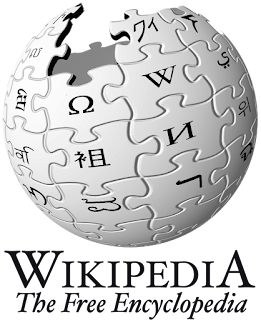Reading Notes: Mahabharata Part C
These are notes of the PDE of the Mahabharata. I really liked in the Himalayas story how they described the trees as "vocal with the song of birds." This was a very nice image for the reader. I imagined the trees themselves as singing. I have been considering trying to incorporate poetry in my storybook, and this is a very poetic sentence.
I'm always looking for natural symbols to use in my writing and the Himalayas story is very useful. There is almost a castle-like or royal association with the Himalayas in this story, which is interesting.
The goddess Durga is another interesting character. She seems like a powerful feminine presence, which these Indian epics sorely need. It seems that women are frequently given away as prizes to men who accomplish violent things, like winning a war. This wreaks of inequality and angry energy, reinforcing negative perceptions. I would like to have a lot of equality and support between men and women in my Storybook.
I really liked/hated the story of the Krishna and Karna! This seems like a great opportunity for peace. The familial ties seem to make the characters have less hate and are a great energy to draw from for relationships between characters that are not blood-related. It would be cool to have the enemies except each other on the condition of being related, discover they are not related, but already be friends at this point. This would be a great way to show that peace and camaraderie are an attitude and do not have to depend on blood ties.
The fact that Karna would not make peace with his brothers was tragic, especially because it was based solely on his honor, or ego. He could not let go of his need for glory in order to create peace. His is also a good birth story. He does not understand that he is only hurting himself by slaying Arjuna because Arjuna will never die. His memory will only grow stronger.
I'm always looking for natural symbols to use in my writing and the Himalayas story is very useful. There is almost a castle-like or royal association with the Himalayas in this story, which is interesting.
The goddess Durga is another interesting character. She seems like a powerful feminine presence, which these Indian epics sorely need. It seems that women are frequently given away as prizes to men who accomplish violent things, like winning a war. This wreaks of inequality and angry energy, reinforcing negative perceptions. I would like to have a lot of equality and support between men and women in my Storybook.
I really liked/hated the story of the Krishna and Karna! This seems like a great opportunity for peace. The familial ties seem to make the characters have less hate and are a great energy to draw from for relationships between characters that are not blood-related. It would be cool to have the enemies except each other on the condition of being related, discover they are not related, but already be friends at this point. This would be a great way to show that peace and camaraderie are an attitude and do not have to depend on blood ties.
The fact that Karna would not make peace with his brothers was tragic, especially because it was based solely on his honor, or ego. He could not let go of his need for glory in order to create peace. His is also a good birth story. He does not understand that he is only hurting himself by slaying Arjuna because Arjuna will never die. His memory will only grow stronger.
Tony Fischer sign on Flickr



Comments
Post a Comment